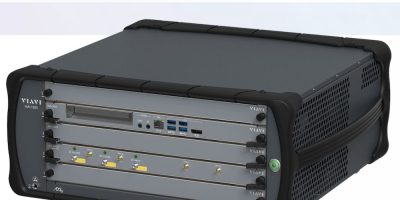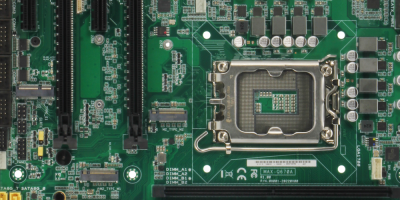Aoption of Intel’s Flex series GPU continues to grow, reported the company, leading intended for flexible, general-purpose graphics processing for the data centre and the intelligent visual cloud, Intel has expanded the Flex GPU’s production-level software capabilities to include new support for Windows cloud gaming, AI inference and digital content creation.
The Flex series GPUs can be used by cloud service providers deploying Windows cloud gaming alongside streaming and media acceleration. They are also used by media studios for high-density streaming and transcoding. Digital content creators are using the platform for fast, real-time rendering using ray tracing hardware acceleration.
The Flex series GPUs address the gaming market which is projected to grow at a CAGR of 42.5 per cent from 2022 to 2028 with the global cloud gaming market estimated to reach about $13.3 billion by 2028. Game service providers must continually innovate to deliver playing experiences to subscribers while operating the most efficient infrastructure possible, advised Intel.
Intel’s new software capabilities for the Intel Flex series GPU enable customers to realise new capabilities and gains across real-world workloads coupled with third Gen and fourth Gen Intel Xeon Scalable processors.
Intel provides a cloud gaming reference stack for Windows to show how to unleash Intel Flex Series for remote gaming, including how to enumerate and retarget multiple game titles to run concurrently on each of the multiple Flex Series adapters and two types of virtual displays. Intel Flex series is optimised for DirectX 9, 11 and 12 render target capture and desktop capture.
Gamestream allows users to stream and play games on devices with high-end graphics across the entertainment, hospitality, media and telecomms markets.
Olivier Lebigot, Gamestream’s CTO, said, “One of our key challenges in cloud gaming is to find the right GPU to increase the overall concurrent users (CCU) number per server, while delivering the best end-user experience. We have been pleased to find that Intel Data Center GPU Flex Series 170 offers a high density, low power solution. During our tests, our reference CCU was improved by nearly 19 per cent compared to our current hardware solution”.
Intel has expanded its Flex series capabilities for AI, including workloads for smart city, library indexing and compliance, AI-guided video enhancement, intelligent traffic management, smart buildings and factories, and retail applications.
Through the Intel AI Analytics toolkit, Intel Flex series GPU supports most common AI frameworks, including TensorFlow and PyTorch. Intel has validated more than 100 AI inference models.
The Intel software stack for visual inference now includes the open source GStreamer multimedia framework, the Intel OpenVINO toolkit inference engine and open source sample implementation of media analytics framework for creating complex visual inference and analytics pipelines.
A prominent open source solution for supporting the advancement, training and validation of autonomous driving systems is CARLA, which utilises the Unreal Engine 4.
In a single 1080p sensor scenario, a single Intel Data Center Flex 170 GPU achieves 56 frames per second (fps), which is 16 per cent faster than the Nvidia A10G (48 fps), 40 per cent faster than the Nvidia GPU Tesla T4 (40 fps) and 60 per cent faster than the AMD Radeon Pro V520 MxGPU (35 fps), reported Intel.
The performance of the Intel Data Center Flex 170 GPU scales accordingly for four 1080p sensors, reaching 23 frames per second, while the Nvidia A10G achieves 19 frames per second.
In digital content creation, real-time rendering is delivered via ray tracing hardware acceleration on the Intel Flex Series through Intel Embree. AI-based denoising can be completed in milliseconds using the latest Intel Open Image Denoise. Further productivity can be gained through the use of a single SYCL codebase for CPU/GPU rendering through oneAPI, said Intel.
Flex Series offers customers a comprehensive graphics solution, an open and full software stack, no licensing fees, and a unified programming model for CPUs and GPUs for performance and productivity via oneAPI.
http://www.Intel.com.







